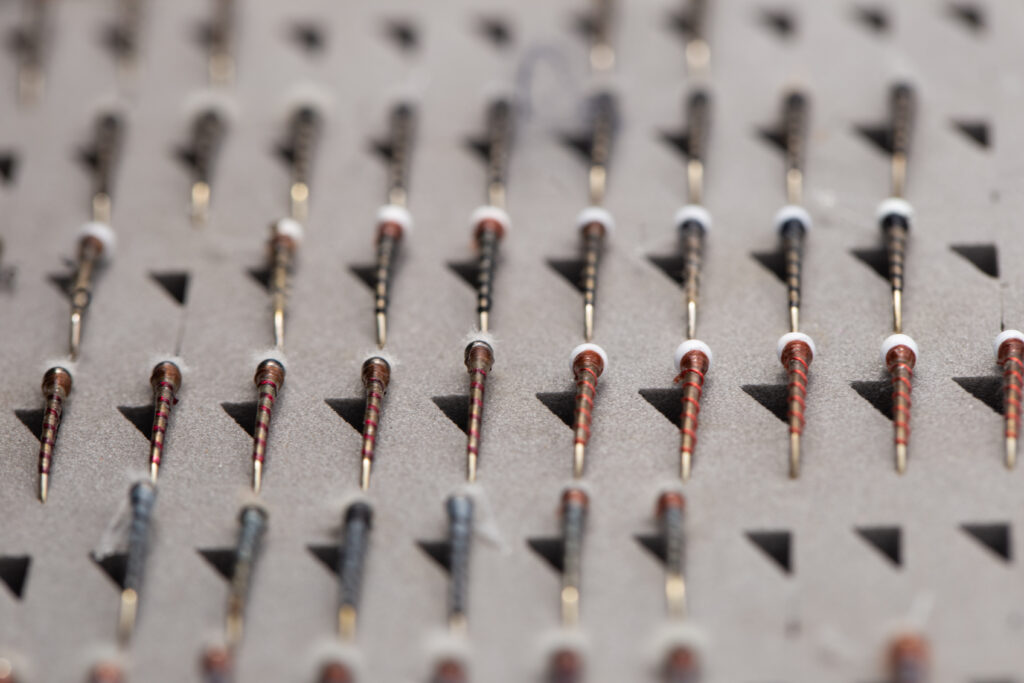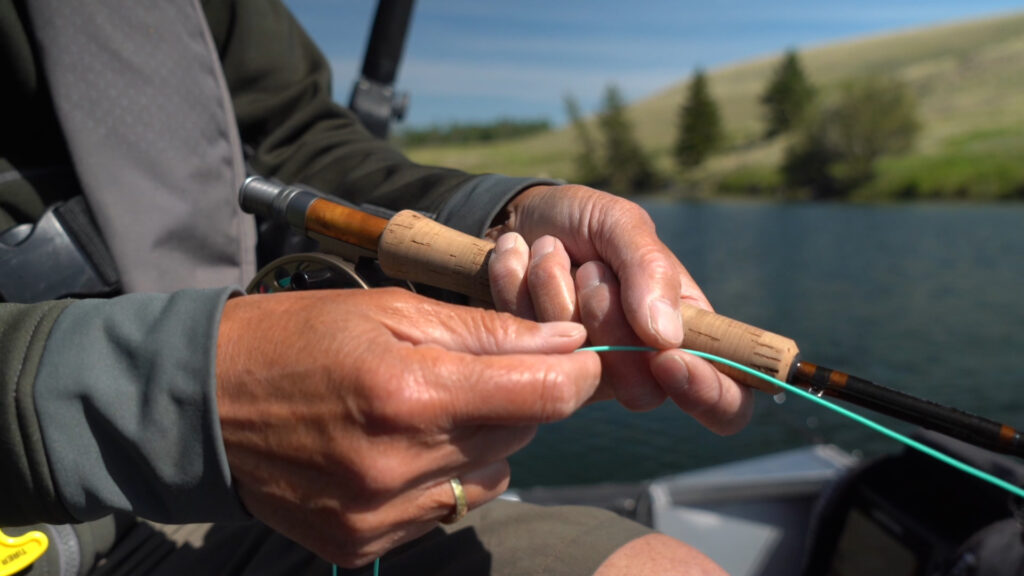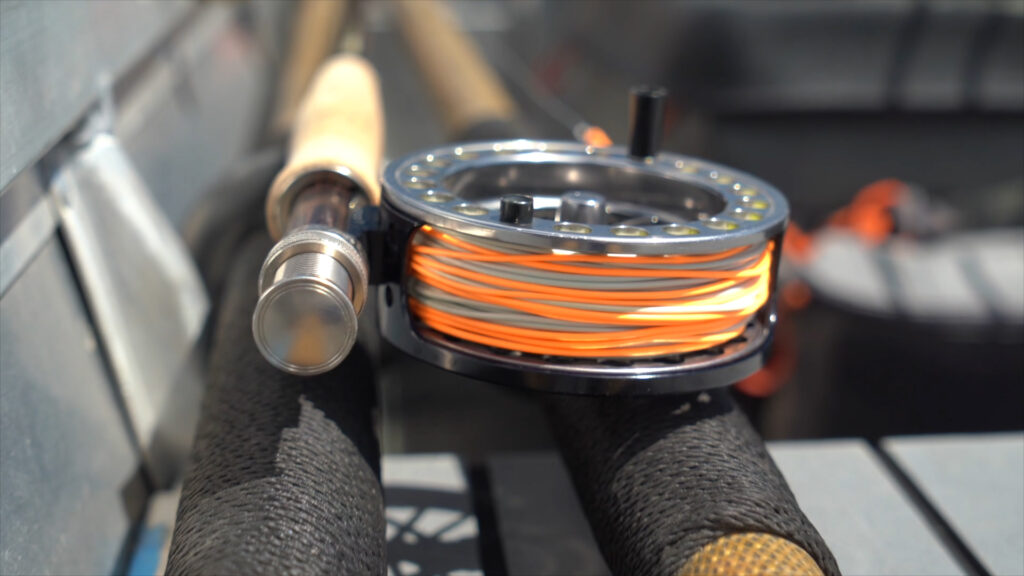Although we are still in the midst of winter, it won’t be long before the spring fishing season arrives. Now is a good time to start getting your fishing tackle ready, to look at the calendar and plan some trips to your favourite lakes, and to purchase your fishing licence so that you’re ready for the first lake fishing trip of the year.
1. Plan your fishing adventures for the year ahead
With many campsites and fishing lodges booking out months in advance, it pays to set aside some time to organize your friends and family and lock in dates for spring and summer weekends at lake. Looking for inspiration on where to go? Check out the following resources:
- Fishing BC – showcasing the best of B.C.’s fishing guides and lodges;
- Where to Camp map on the Camping & RV in BC website;
- Where to Fish map, featuring all of the lakes stocked by the Freshwater Fisheries Society of BC; and
- BC Parks campsites you can reserve in advance at stocked fishing lakes blog
Want to avoid the crowds? Consider a trip earlier in the year. Spring often has fewer people, and hungrier fish. In fact, some of the best stillwater fly-fishing of the year can occur during and after ice off.
2. Get your fishing equipment ready
The first thing we need to do is check over rods and reels to make sure they are in good working order.
Fly Line
Check the condition of the monofilament or braided line on your spinning or bait-casting reels for nicks, frayed sections, or knots. If you have only used your fishing line for a single season or two, and there is still plenty of line on your reel, cut off the first 10 to 20 metres of line which saw the most use. Monofilament line does deteriorate from age and exposure to sunlight; check your spools of main line or tippet material so that the biggest fish of the year does not break off at a weakened section of line. Be sure to dispose of all used fishing line responsibly; many tackle stores will be happy to recycle used fishing line for you. There are also fishing line recycling receptacles at many fishing spots around B.C. – see the map at ClearYourGear.ca to find one near you.
Dirty fly lines do not cast well. As well, floating lines will prematurely sink from the buildup of dirt and oils accumulated over a fishing season. Strip your fly lines off the reels and wash them in a tub of warm water and dishwashing detergent. Run them through a soft, clean cloth to dry. Apply fly line conditioner to your floating lines to lubricate them, and to rejuvenate the floating qualities of the line. Conditioning will also make a world of difference in how easily the line will cast. Make sure you do not apply conditioner to your sinking lines.
Monofilament and fly lines can wear prematurely if your fishing rod has worn or grooved metal guides, or has cracked or missing ceramic line guide inserts. Closely inspect every guide on all your fishing rods; replacing a worn guide is a lot less expensive than ruining a new fly line or a full spool of monofilament.
Reels
Reels should be taken apart and cleaned to remove any accumulation of sand or dirt. Replace any broken, damaged, or badly corroded parts. Carefully re-assemble your reel, and then lubricate the gears, pawls, or spindles using the manufacturer’s recommended lubricants as per their instructions. Do a final check to be sure no moving parts bind, and the reel’s drag setting releases line smoothly.


Tackle Box
It is always a good idea to go through your tackle box or gear bag and replace tools or other accessories that went missing from previous trips. Important tools to have in your tackle bag include needle-nose pliers, a multi-tool (in case a reel screw or nut becomes loose), and a pair of 20-cm long fly-fishing haemostats (locking scissor forceps) to remove hooks that are deep in the mouth of a fish. A small Ziploc bag with a few bandages, a blister pack of allergy pills, a tube of polysporin, sunblock, Q Tips, and some acetaminophen or ibuprofen tablets does not take up much room, and can save a day on the water.
Life Jackets
Finally, check the condition of your life jackets. If using inflatable models, make sure the gas cartridge is still fully charged. Since replacement cartridges are not that expensive, you might want to inflate your life jacket while wearing it, and know how it will work when it needs to be deployed.
3. Purchase Your Fishing Licence
Last but not least, remember your freshwater fishing licence. All anglers 16 years of age and older require one to go fishing in British Columbia. There are a range of options, from single day to annual licences that last for the duration of the licence year, from April 1- March 31. It is possible to pre-purchase your annual licence in March, so that you’re ready to go on April 1.
For more information, and to purchase your licence, visit the government website. While you’re there, make sure to check the fishing regulations and see if there are any changes that affect your favourite fishing spots.
Author: Brian Chan; Freshwater Fisheries Society of BC Fishing Ambassador
Photo Credits: Jordan Oelrich, Brent Gill.
